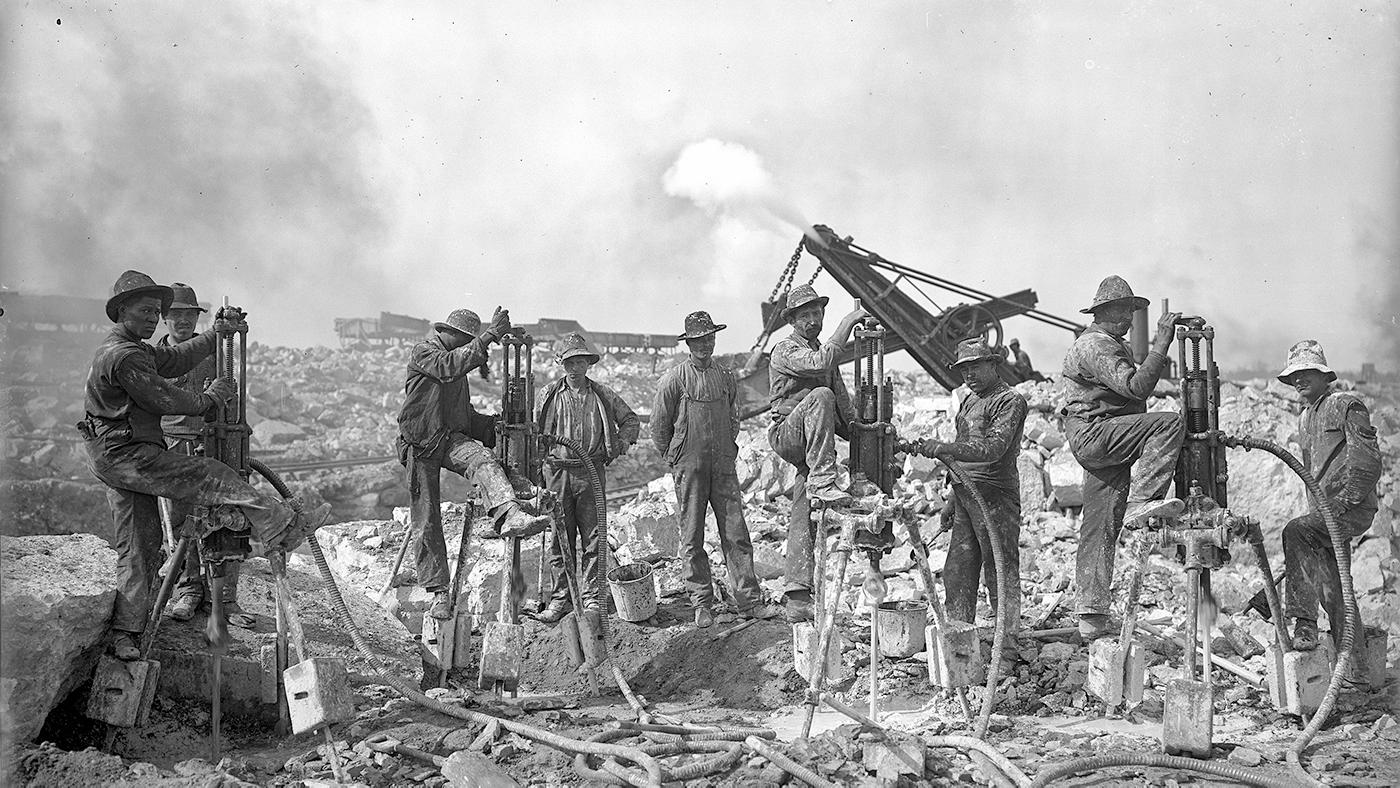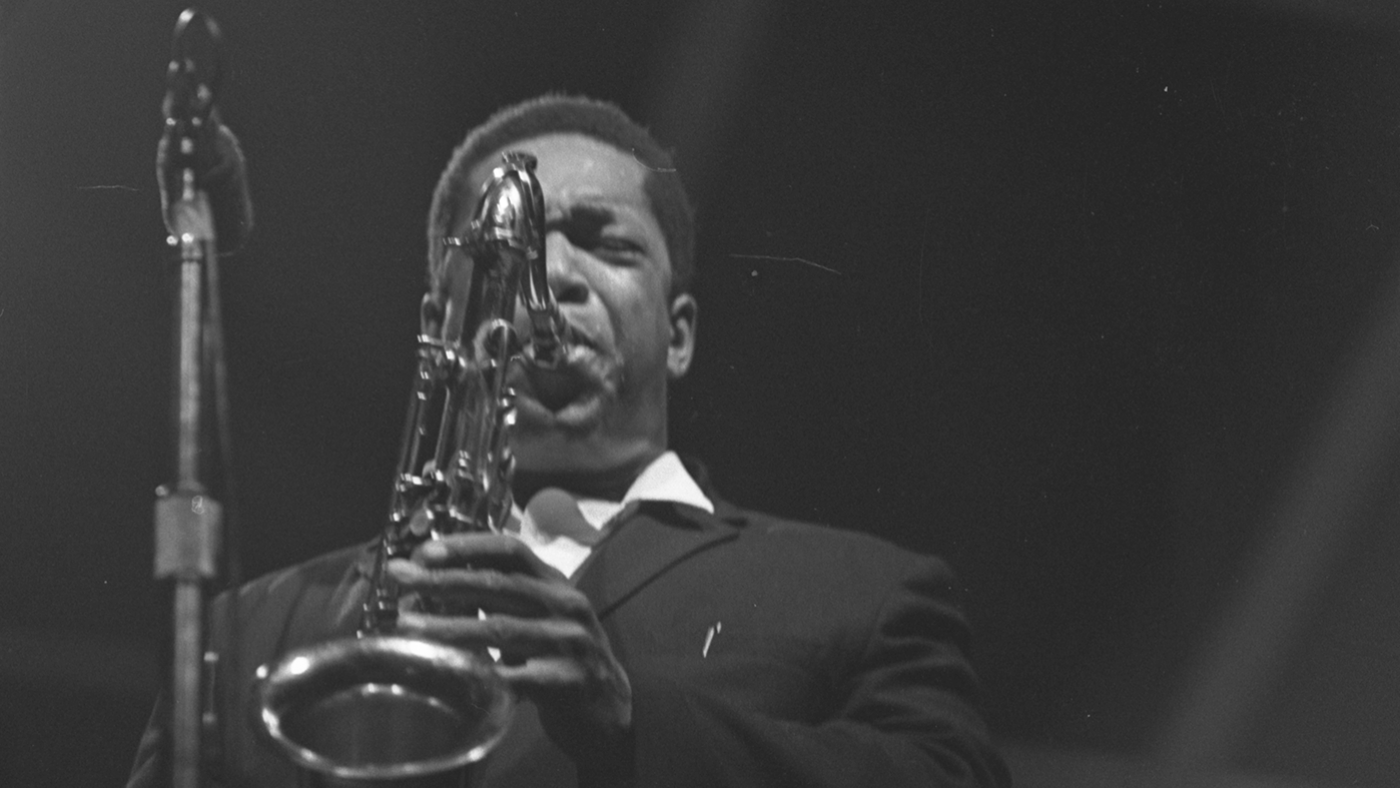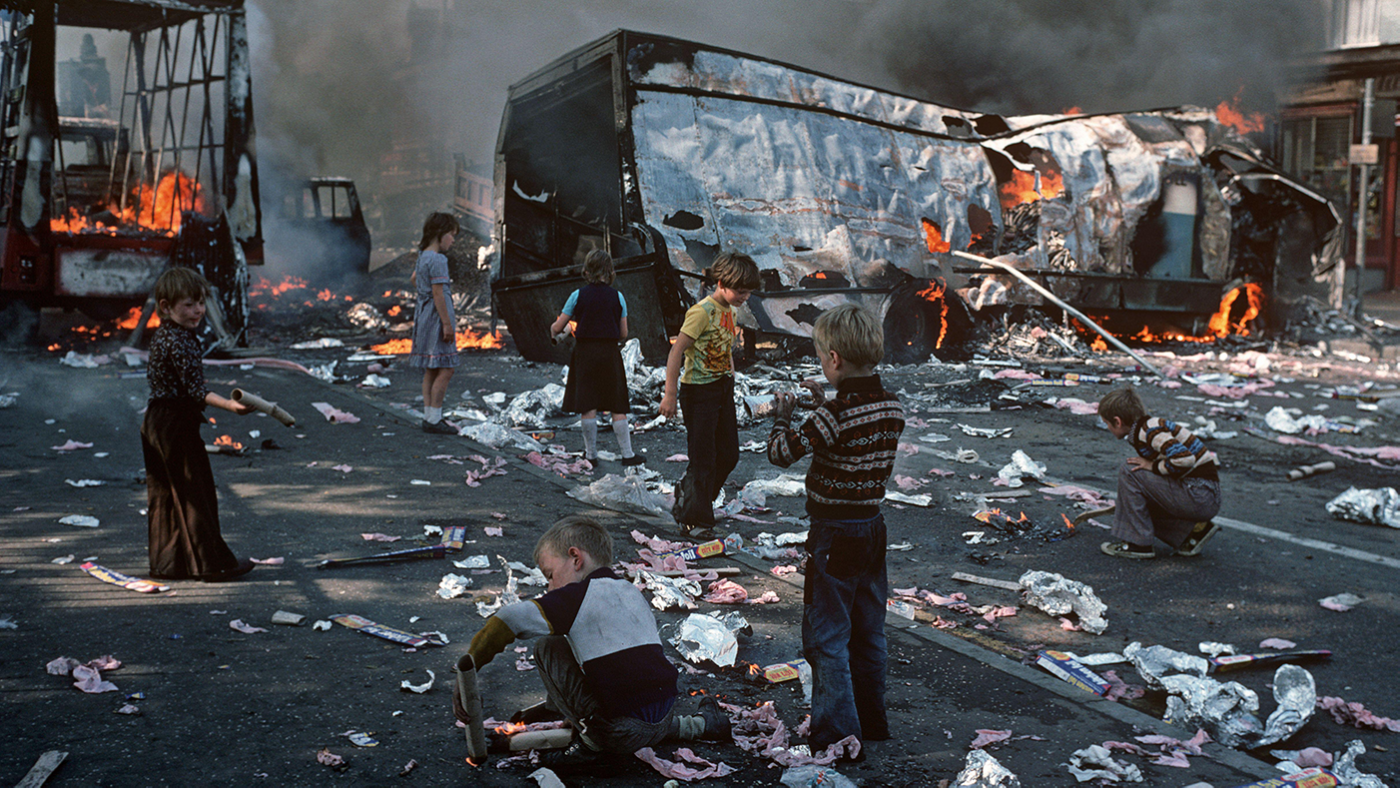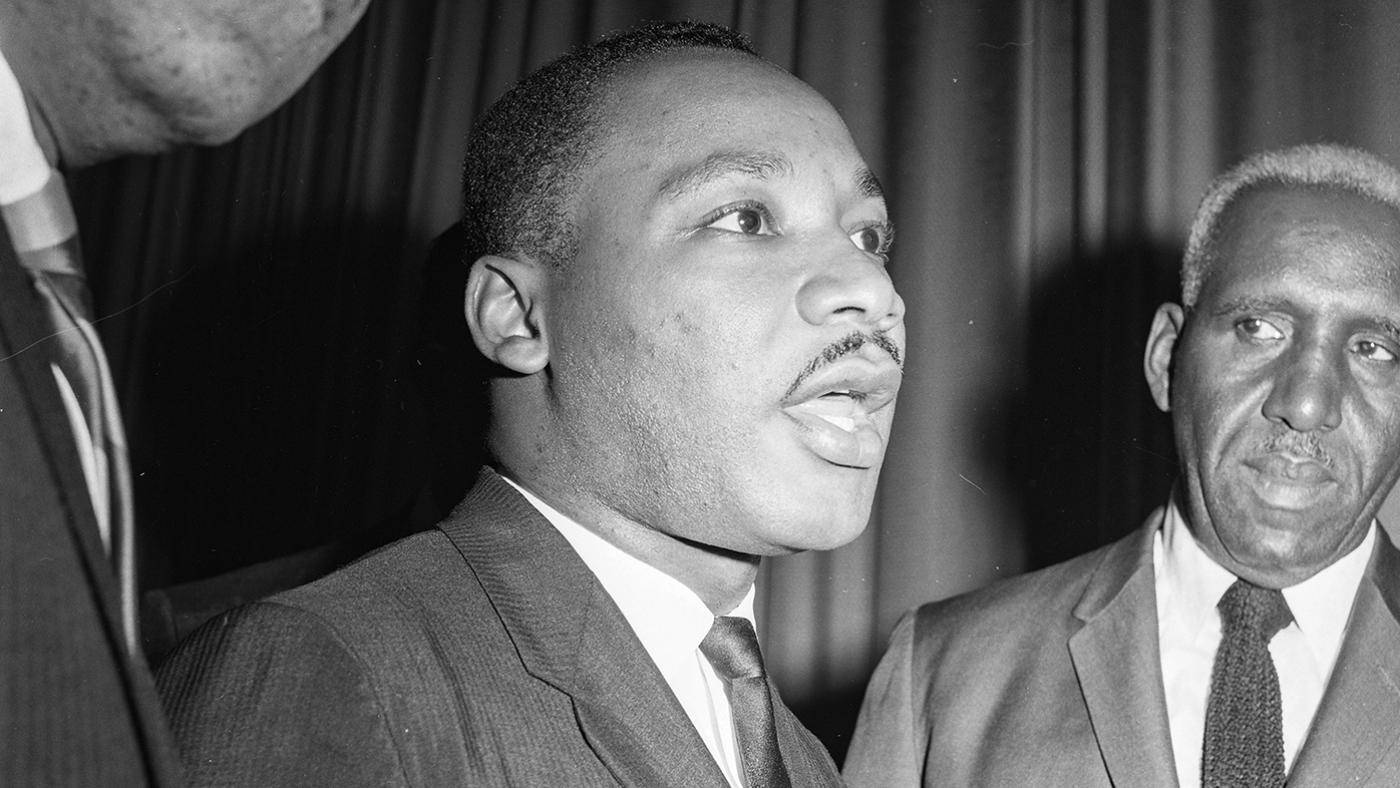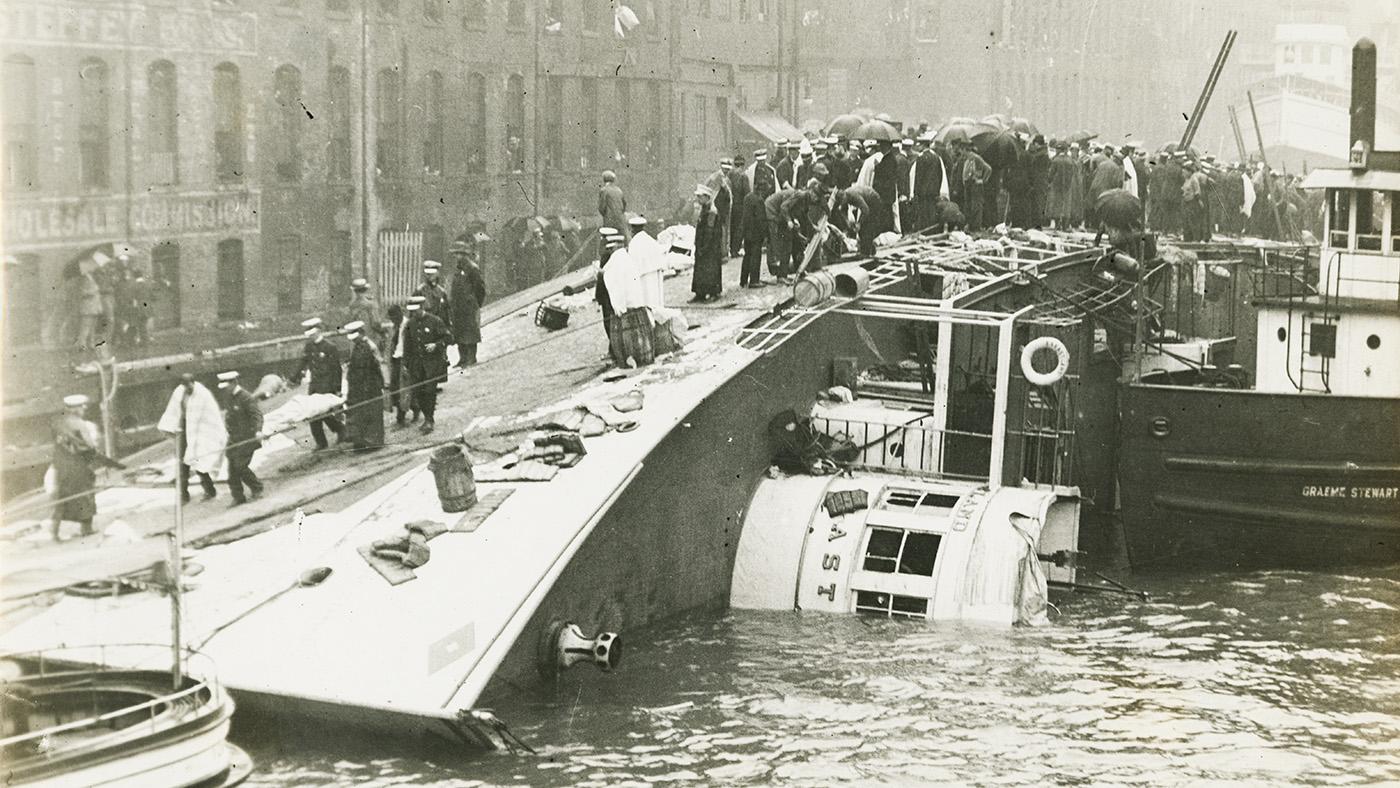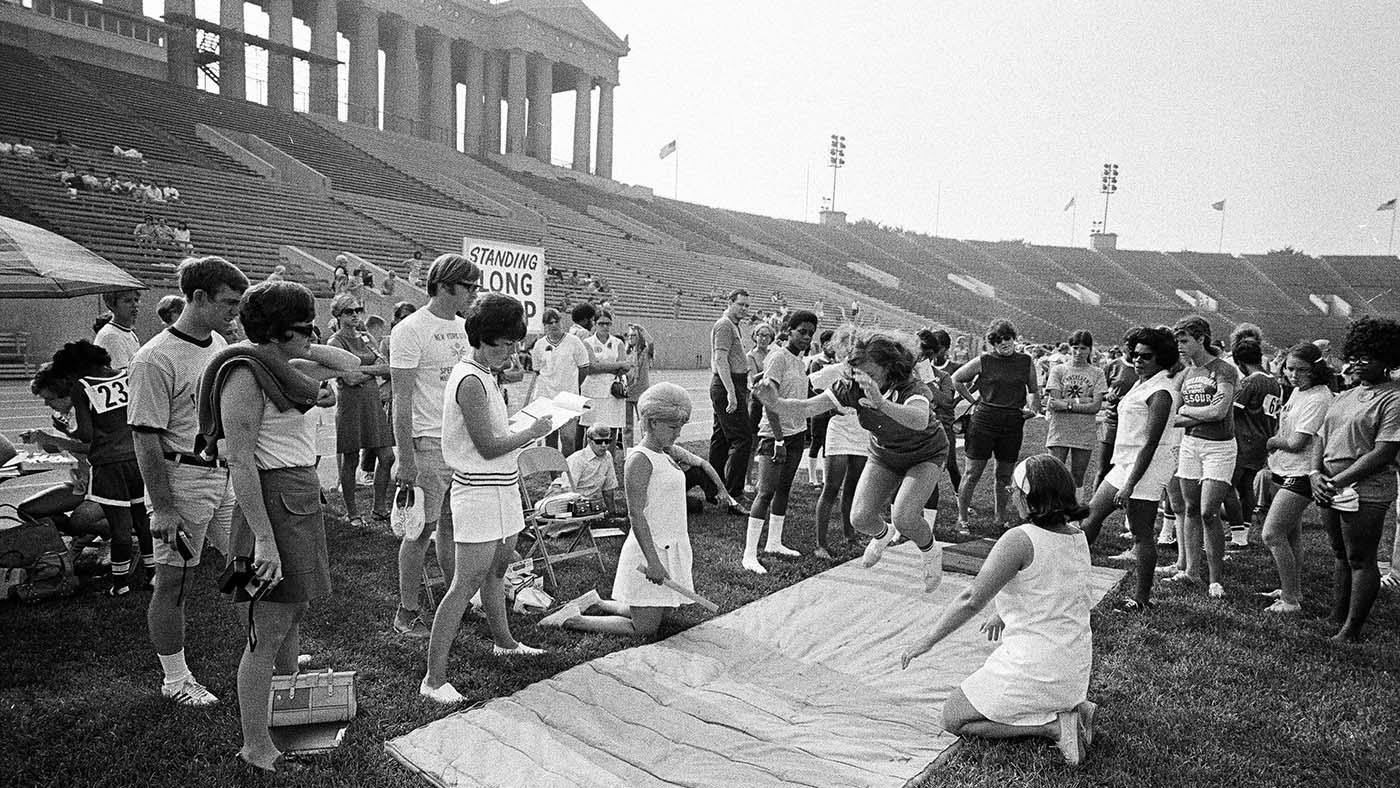"I've Never Covered a More Important Story": Journalism During COVID-19
Daniel Hautzinger
April 21, 2020
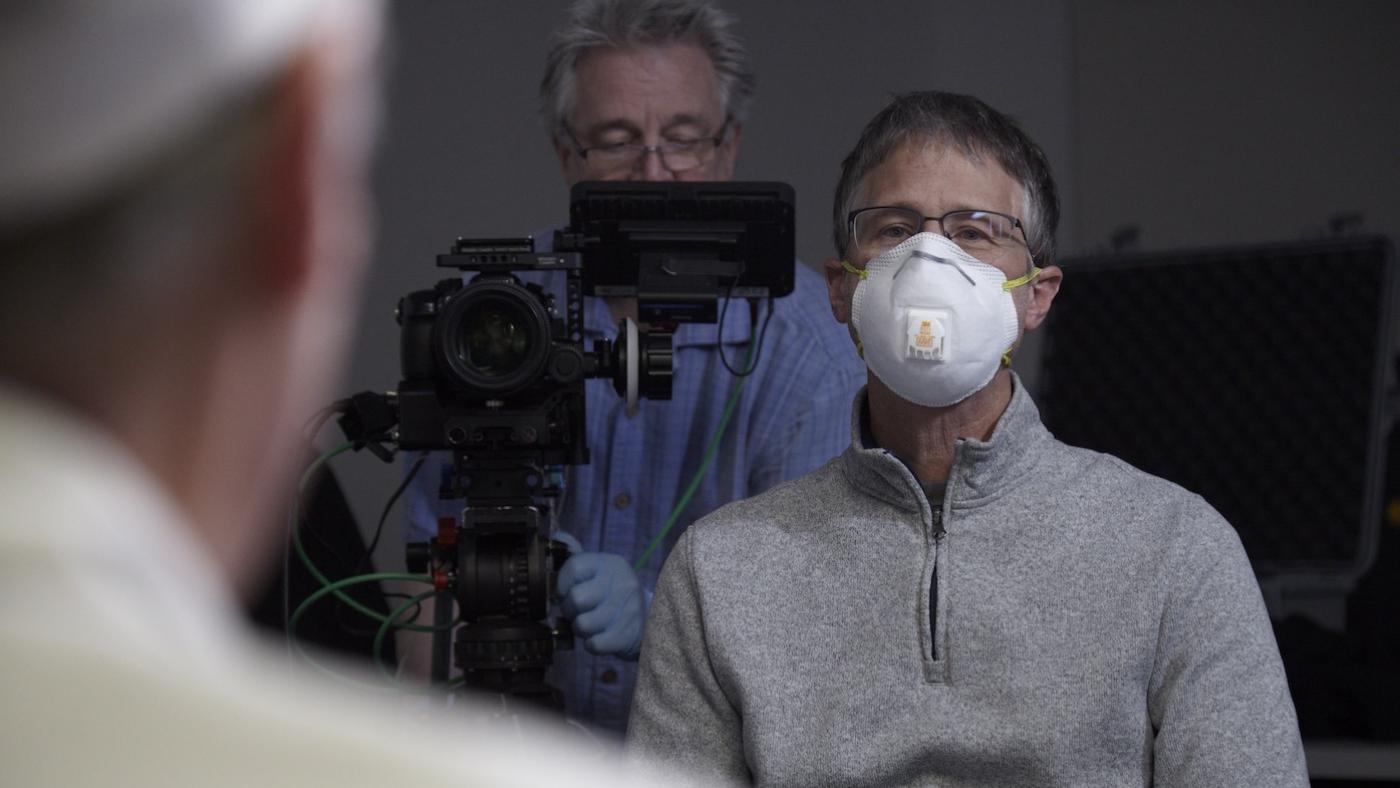
Frontline: Coronavirus Pandemic is available to stream. Making Sense of 2020 is available to stream at wttw.com/makingsense.
The new Frontline investigation, Coronavirus Pandemic, not only narrates the spread of coronavirus in Washington State and the evolving responses to it—it also illustrates them. As the documentary progresses, in-person interviews and camera shoots disappear, replaced by video calls from room to room. Frontline correspondent Miles O’Brien arrived in Seattle in mid-March, after the state had tested and treated the first COVID-19 patient in the United States and companies like Microsoft had told employees to work from home, but before Governor Jay Inslee instituted a mandatory stay-at-home order.
“It literally changed as we went along, in terms of social distancing and sheltering in place,” O’Brien says. “Initially we were saying we would maintain six feet and not put makeup or a microphone on people in order to respect that six-foot rule. But as time has gone on, it’s been harder and harder to get people to be in the same room as us, so it shifted to a lot of Skype or Zoom interviews, and that changes things quite significantly. In the world of television, we have to get on planes and set up cameras and lights in order to do what we do, so eliminating that has been hard. But we’re all in a new normal now, aren’t we?”
O’Brien is working from a hotel room in Seattle with editors, each in their own homes, in Boston; the photographer he had with him in Seattle recently left the city, while a producer went home earlier to self-quarantine before returning to her family. “Going back to Boston wouldn’t help, since I wouldn’t see the team in person, and I didn’t want to lose a day on a plane, so I decided to stay here,” he says, explaining with understatement that producing an hour-long Frontline documentary in five weeks is a “big job.” On The Frontline Dispatch podcast, he told Frontline executive producer Raney Aronson-Rath that there are only about six or eight people in the hotel.
The FIRSTHAND team isn’t so far-flung. Dan Protess, the executive producer of WTTW Digital’s FIRSTHAND: Coronavirus series, is working from his kitchen or bedroom with two other people at their homes in Chicagoland and two in the field. “At the end of a day of shooting, the photographer sends footage to our editor, who sends me five or six rough cuts, then I offer notes and he sends a finished cut back,” Protess says. “At the very least, this proves that I don’t need to go into the office to do my job,” he says, laughing.
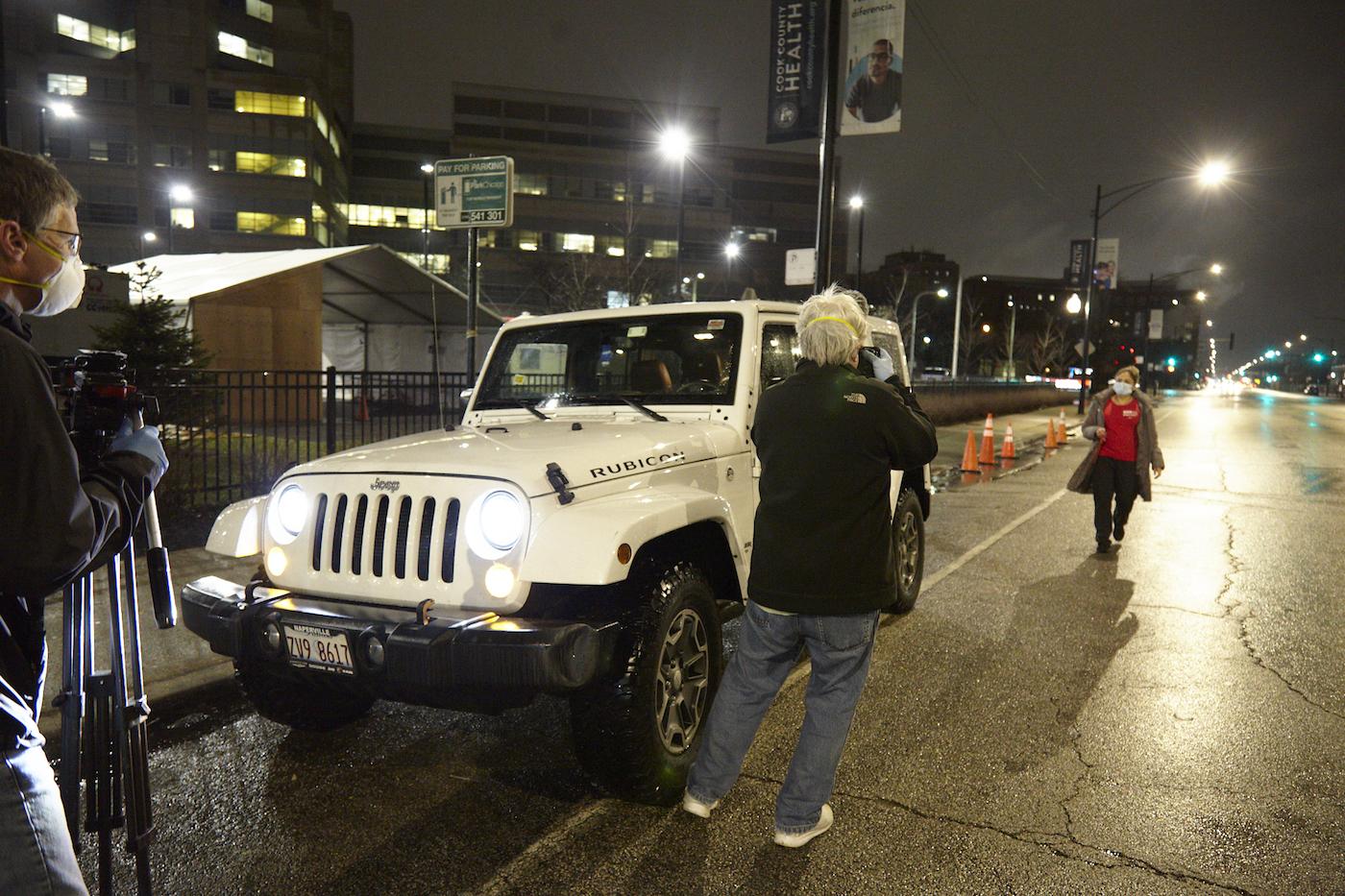 The two-person field crew for 'FIRSTHAND: Coronavirus' take as much precaution as possible while filming. Photo: Liam Alexander/WTTW
The two-person field crew for 'FIRSTHAND: Coronavirus' take as much precaution as possible while filming. Photo: Liam Alexander/WTTW
Since March 24, Protess and his team have released twelve stories about Chicago-area people “who are being impacted by this crisis in an emotional way, and also people who are stepping up and taking this opportunity to change the world, even in a small way,” he says. They range from a nurse and a homeless woman to a disability activist and owner of a small family grocery store. “As someone who’s also stuck in my house, I’m curious about what’s happening out there,” he explains. “I want to take people to places they can’t otherwise go, and to give them a glimpse of what’s going on outside.”
FIRSTHAND: Coronavirus’s producer and director Pat Odom and director of photography Kimmer Olesak are the only people on the team venturing out into the world, and they do so with as much precaution as possible: they wear masks and gloves, continually disinfect their gear, don’t pin microphones to subjects, and keep their distance from other people. “Pat is super passionate about believing that these stories need to be told right now, and he’s also fearless,” says Protess. “But there are still stories we would never do, for safety: for instance, one about people who are currently sick with coronavirus.”
WTTW News is both sending people into the field, like FIRSTHAND, and also conducting its fair share of interviews via video call, like O’Brien has been doing lately. “The need for trustworthy news content that’s informative, that is educational, that’s empowering, is paramount in this crisis,” says Hugo Balta, the director of WTTW News. “In order to protect our team, we decided to split it in three: a third is working from home, a third is at the studio, and a third are in the field. Speaking specifically about Paris [Schutz] and Brandis [Friedman], clearly we could not have our co-anchors in the same space, for fear that if one was compromised the other could be.”
While Friedman anchors the nightly Chicago Tonight broadcast from the WTTW studio, Schutz visits a different neighborhood every day with a producer and cameraman. “While all of us in Chicago, in Illinois, in the country, are experiencing COVID-19 in the same general way, there are difference and nuances in the way Little Village and Pilsen experience it from the way Lincoln Square and North Park do,” Balta says. Schutz has reported in everywhere from Beverly on the far South Side to Austin on the west edge of the city and West Ridge in the north—and he has also ventured to the suburbs of Highwood and Aurora and the Wisconsin town of Kenosha.
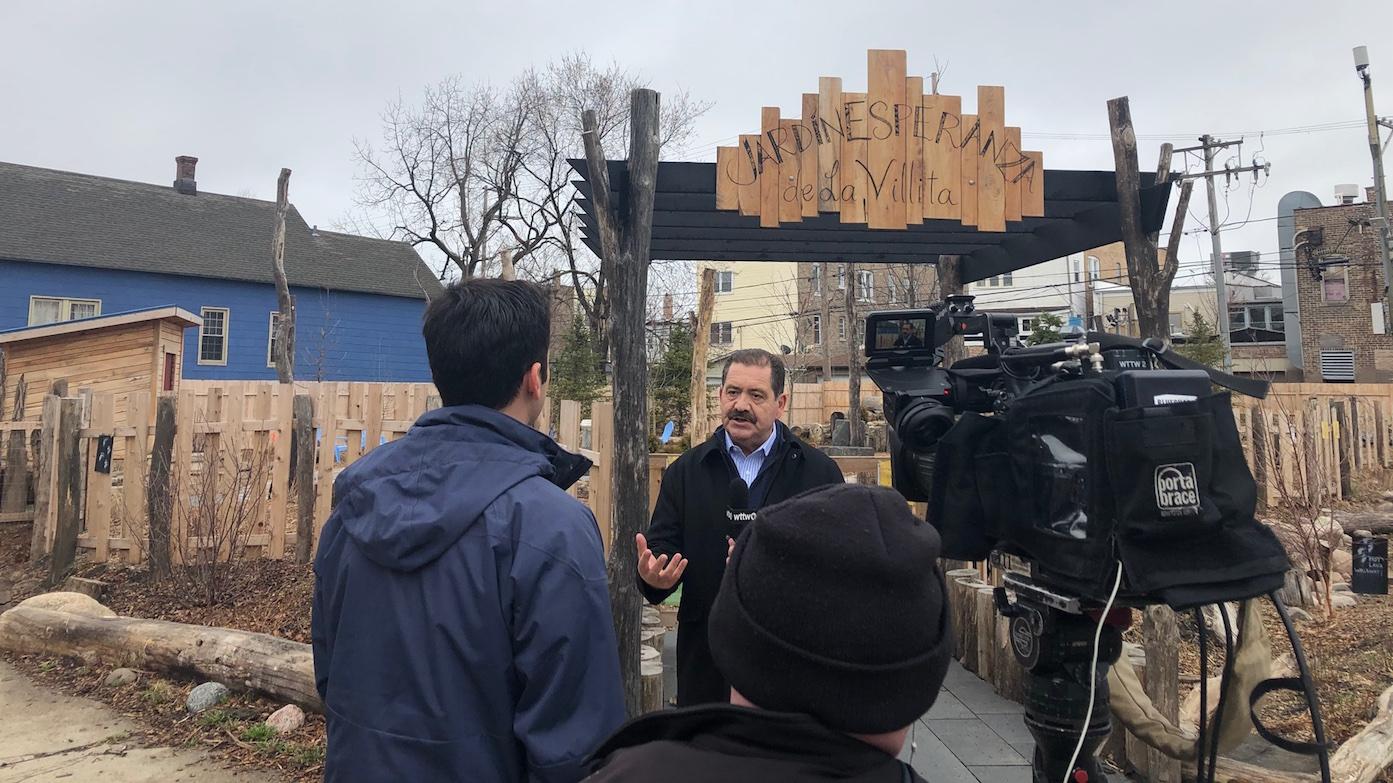 Paris Schutz interviewing U.S. Representative Jesus “Chuy” Garcia in Little Village on March 26 for 'Chicago Tonight'
Paris Schutz interviewing U.S. Representative Jesus “Chuy” Garcia in Little Village on March 26 for 'Chicago Tonight'
“A point of differentiation between public broadcasting and commercial media is that we have the opportunity to afford the public a platform to be seen and to be heard in a way that commercial media doesn’t, because commercial media’s formula is more about volume: they just scratch the surface of daily stories,” says Balta. “We dedicate resources, including time, to go in-depth about particular topics, the five or six stories of major importance that day, whether it’s about getting expert voices for a discussion or by going out into the community. That means ensuring that every day we’re in a different neighborhood, on all sides of the city, during this crisis, especially with marginalized communities that are often unseen and unheard even in a situation that is ‘normal,’ but more so in times of crisis.”
Some of the practices WTTW News has adopted both for television and digital stories will stay in place once the COVID-19 crisis has passed, says Balta, who only came to WTTW at the beginning of February. “What we’re doing now were things that we had been talking about and forecasting progressively throughout the year. Then COVID-19 accelerated a hypothetical into a reality, and there’s no going back.”
“This is not your father’s broadcast journalism,” says O’Brien. “There’s a horrible paradox: people need journalism more than ever right now, but the already fragile business model has crumbled even more in the midst of this, and it’s difficult to see a way forward. But this is why we exist: to be here as independent voices who honor facts, present them in a way that is understandable against current events, and project ourselves into a crisis as it’s unfolding. This is exactly why I’m in this business. I’ve never covered a more important story in my career.”

